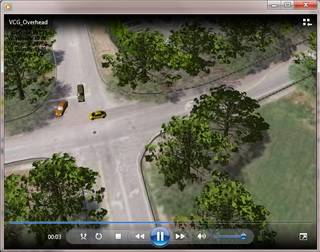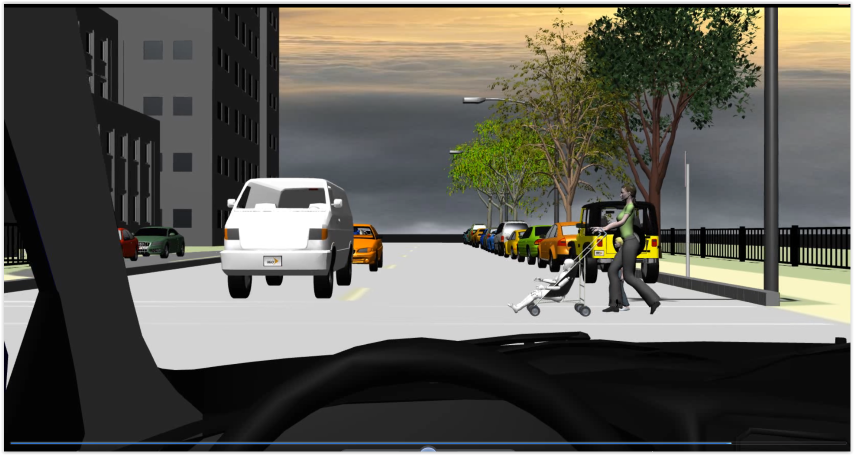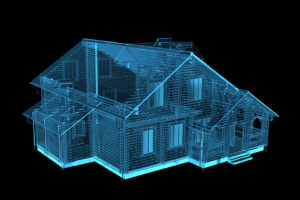The CSI television influence is having its effect on jurors. Technology continues to permeate modern society, with security cameras, computer metadata and other devices. As a result, jurors have come to expect and anticipate visual and aural presentations of facts in the courtroom. If a fact cannot be shown as it occurred – or at least re-created such that it be demonstrated how the fact most likely occurred – jurors are growing more reluctant to accept that fact, or provide significant weight to it, in their deliberations.
Animation is a powerful tool for a litigator. Utilized properly, an animation, as demonstrative evidence, can make or break a case, convince a reluctant juror, or perhaps provide comfort to a judge being asked to make a case changing ruling. If not properly thought out, an animation may be turned against the presenting party by opposing counsel to make a point harmful to the client that may not have been otherwise demonstrated in a compelling manner. Litigators should be particularly vigilant in avoiding the possibility of turning their own animation evidence into ammunition that may be used against their client. In the case of using an animation to demonstrate a complex process or instrument opposing counsel may capitalize on your efforts and use the animation evidence to help the lay juror understand the failure. However, this strategy runs the risk of counsel relying upon that animation to demonstrate that the instrument was actually manufactured correctly, and that any failure was caused by the user and not the instrument itself.
In the simplest terms, an animation is merely a visualization of data, or illustration of a witness’ testimony. In accident reconstruction, animations help tell the story of how the facts fit together. Since it is admitted as a form of demonstrative evidence, it is subject to the same standards for admissibility as a photograph or diagram. The animation must be authenticated by testimony of expert or witness with personal knowledge of the content of the animation; it must fairly and adequately portray the facts and be helpful to illustrate the testimony given in the case. With traditional animations in years past, an engineering expert would have to work with a graphic artist to create the animation- This usually equated to high cost and in-efficiency by multiple persons working to create the animation. Contemporary animation software are reasonably priced and easy to use so that engineering experts may not need to coordinate with a graphic artist and help to keep the costs down for creation as well as the increasing the credibility of the demonstration as the engineering expert is the actual person who created it.
The simulation, by contrast, is based upon scientific or physical principles and data entered into a computer that is programmed to analyze the data and draw conclusions from it. The computer, in essence, is the expert, and the substance of the simulation forms the expert’s opinion. Computer simulations, therefore, are treated as a form of scientific evidence, offered for substantive, rather than demonstrative purposes.
With respect to all computerized evidence, the litigator must always be mindful of the potential applicability of the hearsay rule that could adversely impact the admissibility of the proffered animation or simulation. Today’s technology offers almost limitless possibilities with respect to the computerized evidence that can be used to accomplish a litigation strategy. It is indeed a powerful tool that judges and jury are coming to expect in the courtroom and becoming less expensive every year. Litigators who hope to use computer animations or simulations as evidence need to be well aware of the different standards for the admissibility of each type of evidence, and the specific requirements of their jurisdiction to ensure they get the most from these powerful tools, especially since the technology is now more cost effective with engineering experts having software at their fingertips, in house. To find out more how an engineering expert can utilize animations and simulations in your case, please call 800.780.4221.






